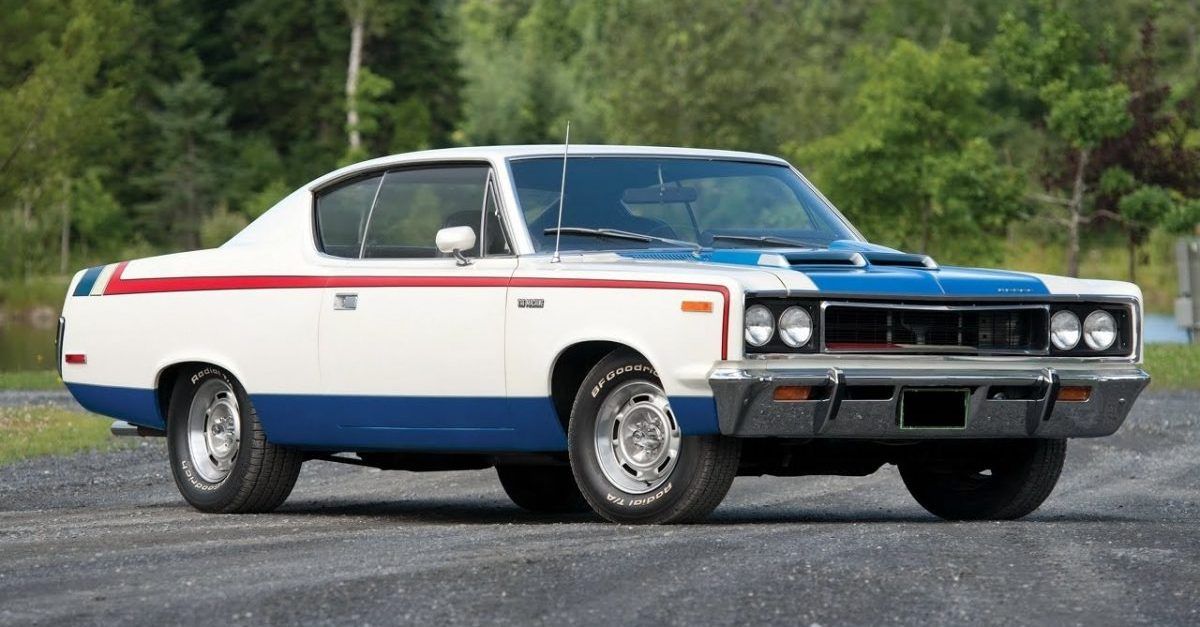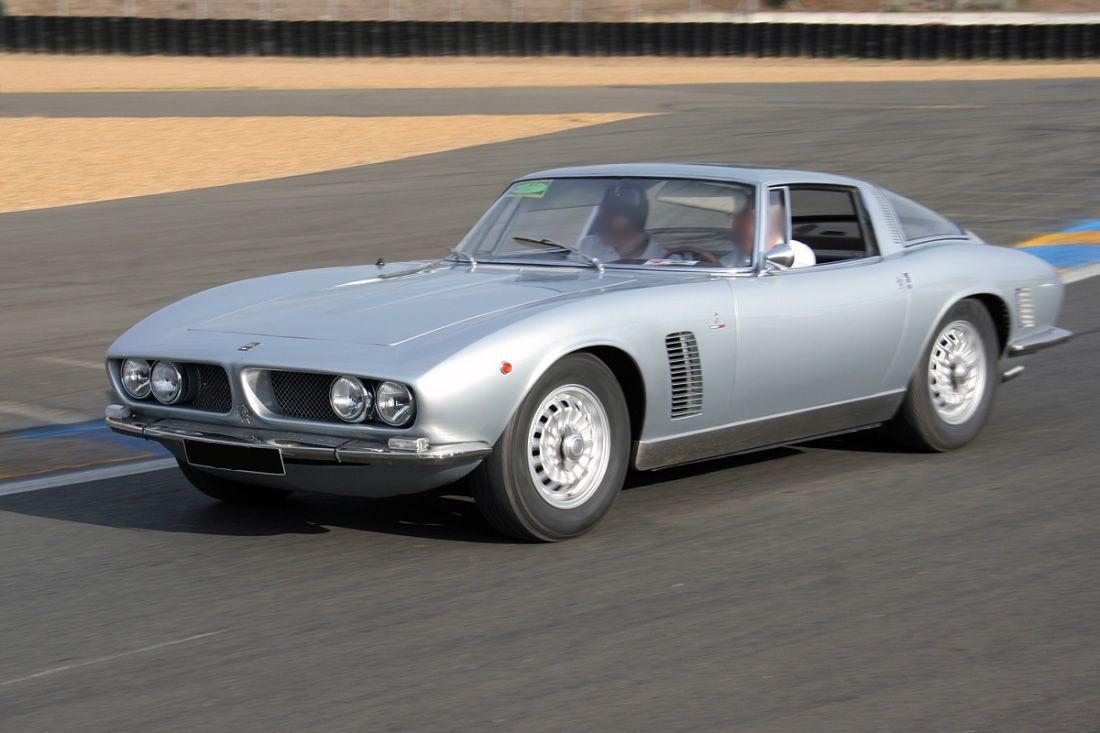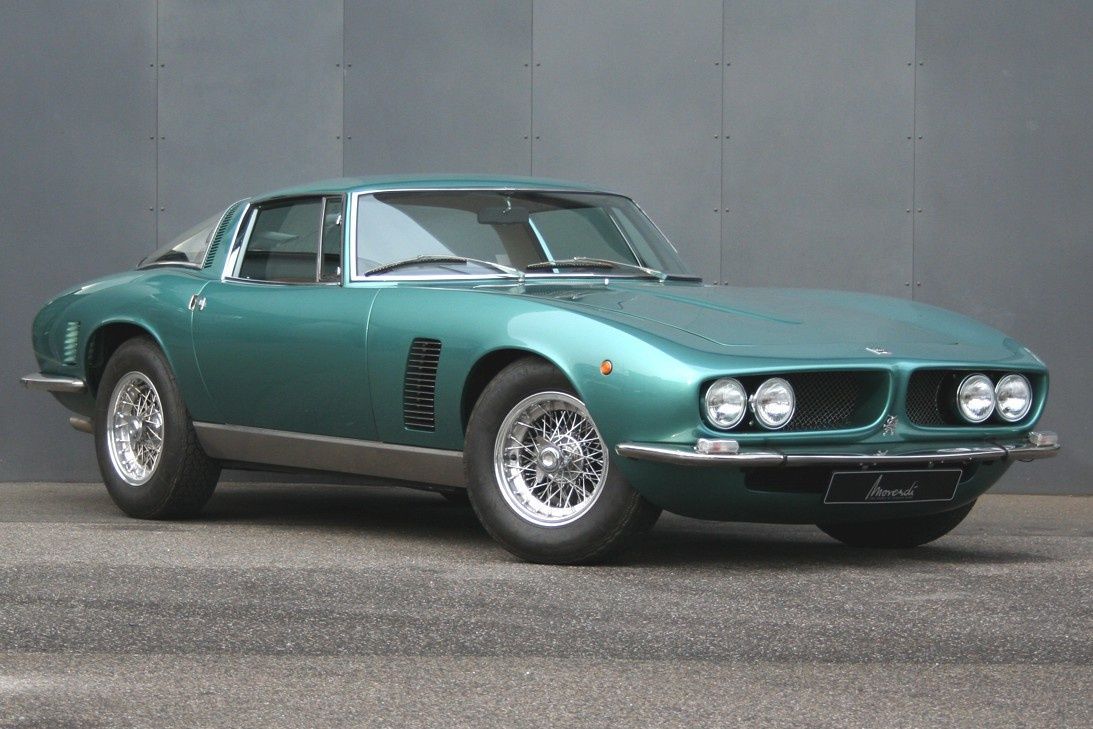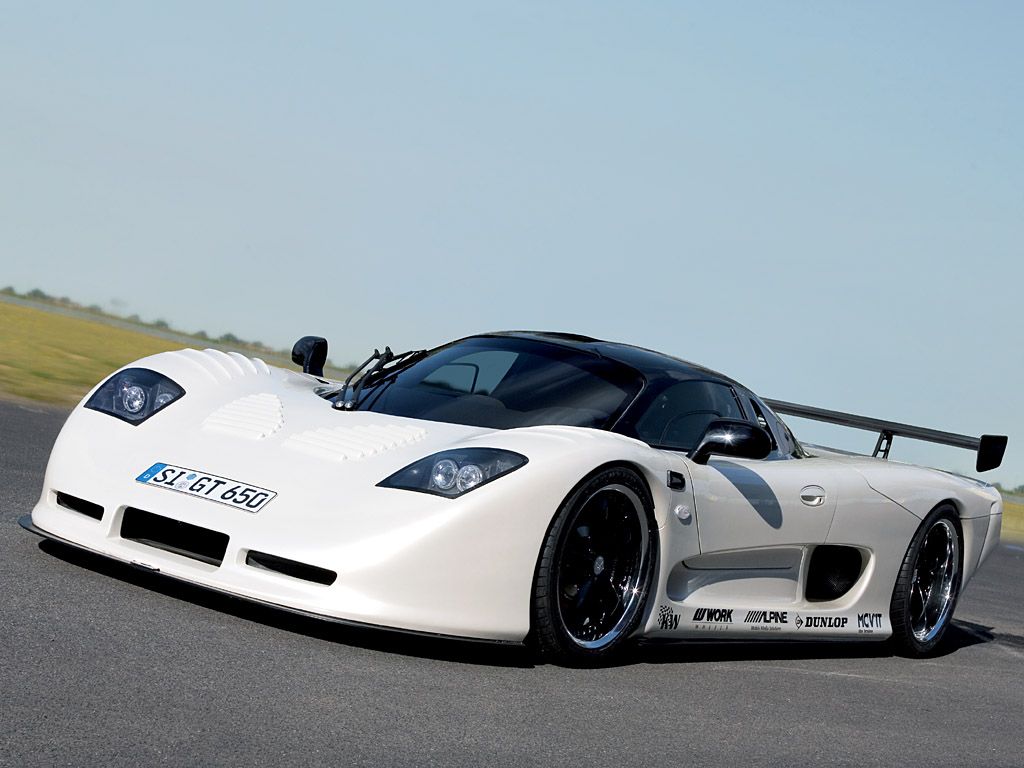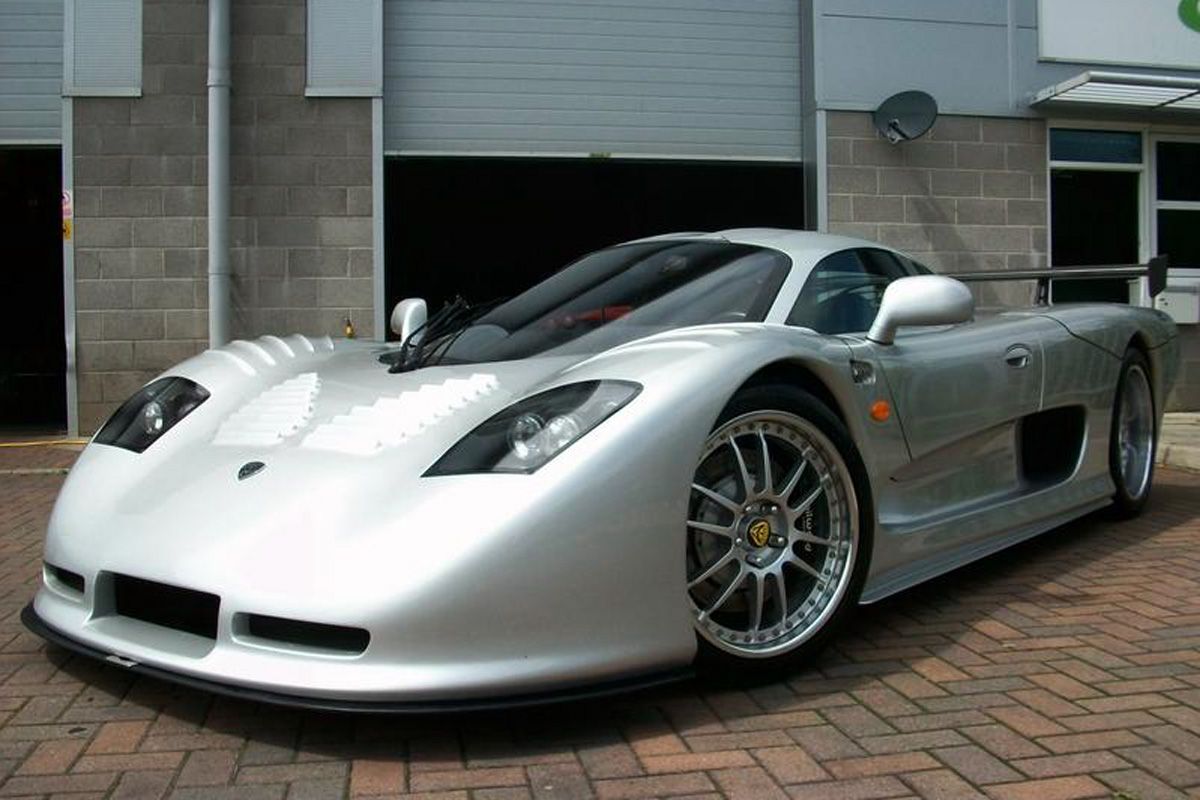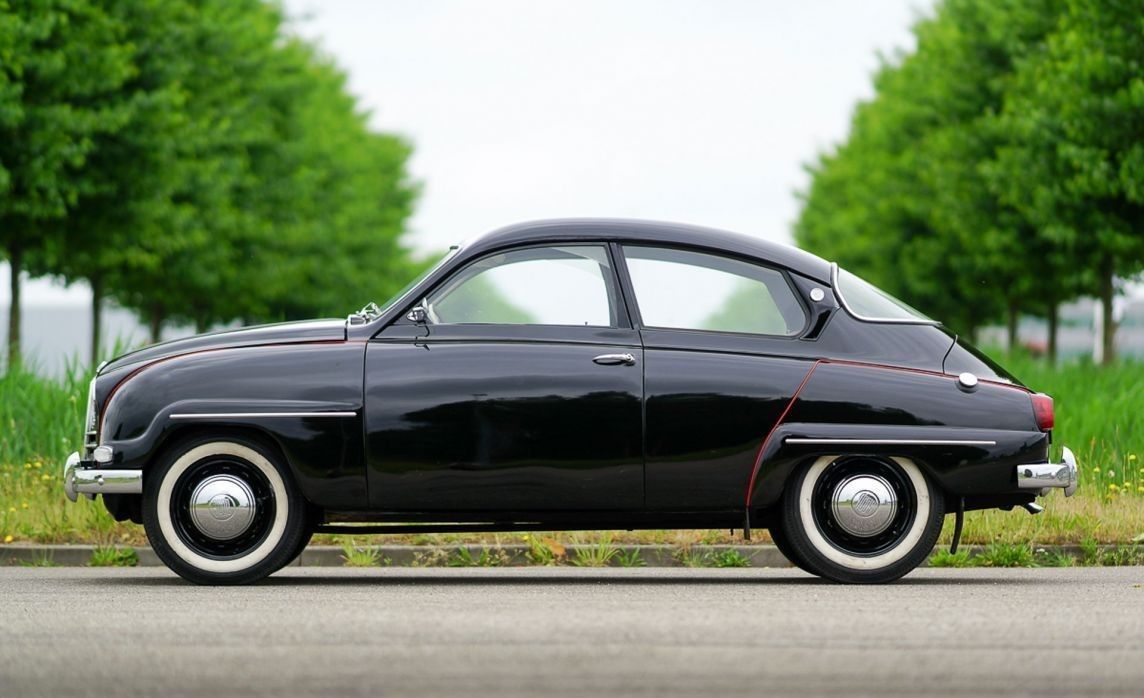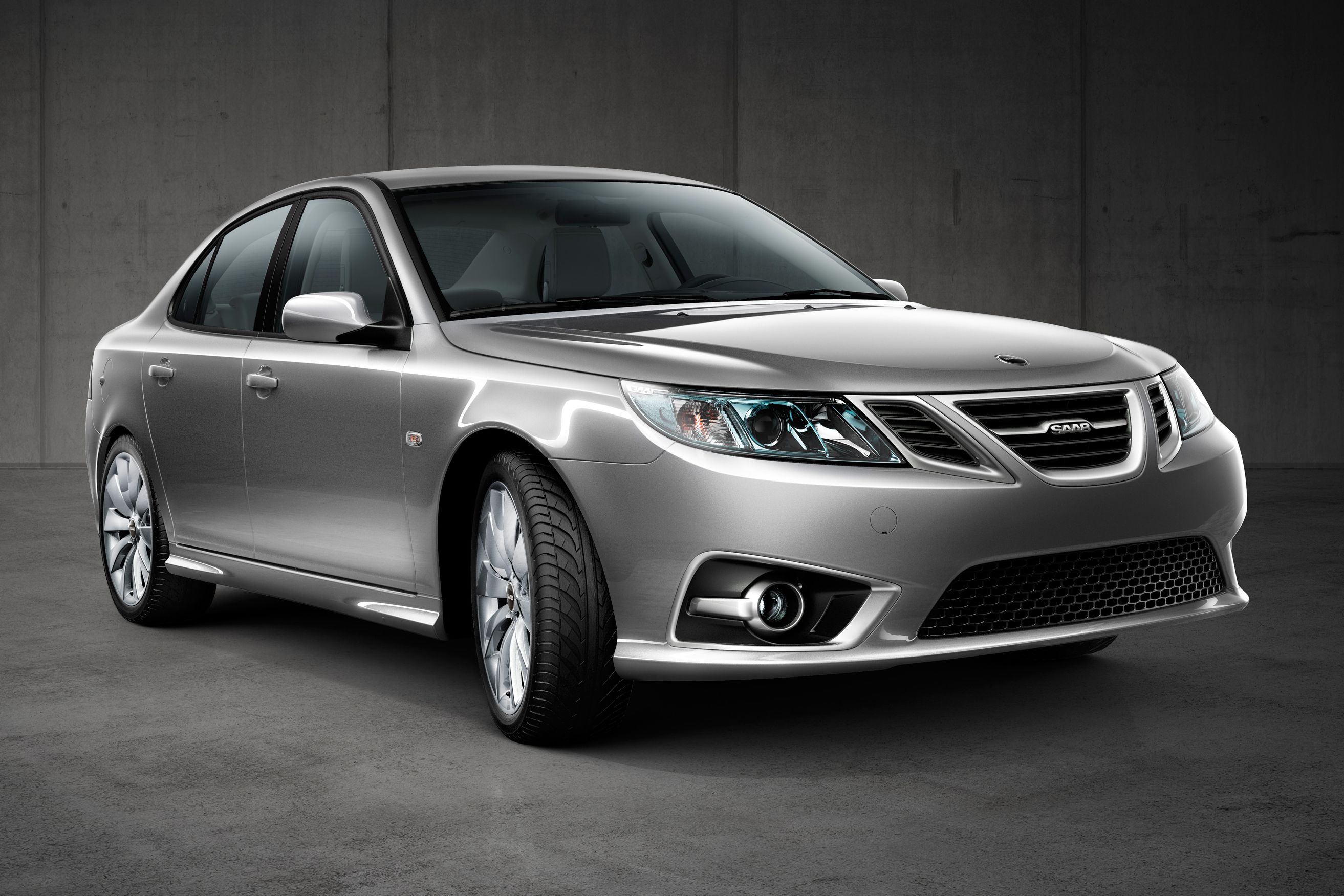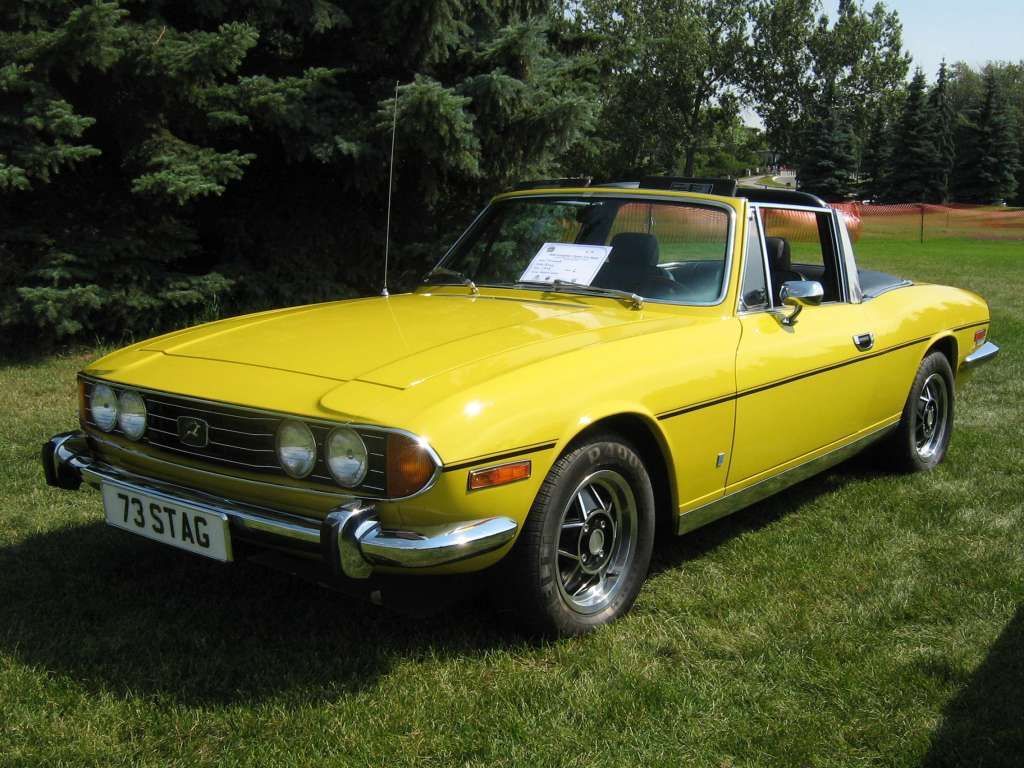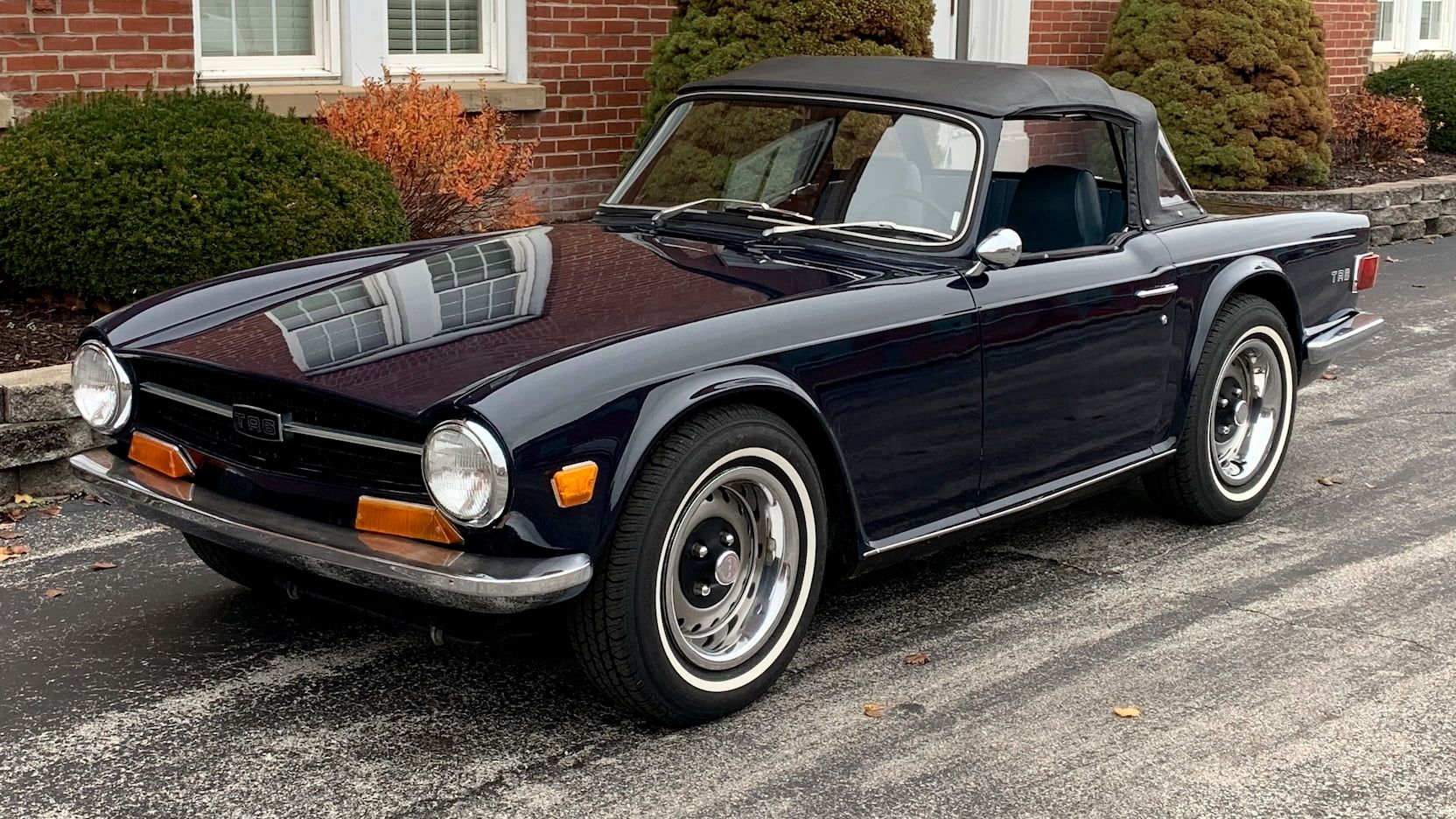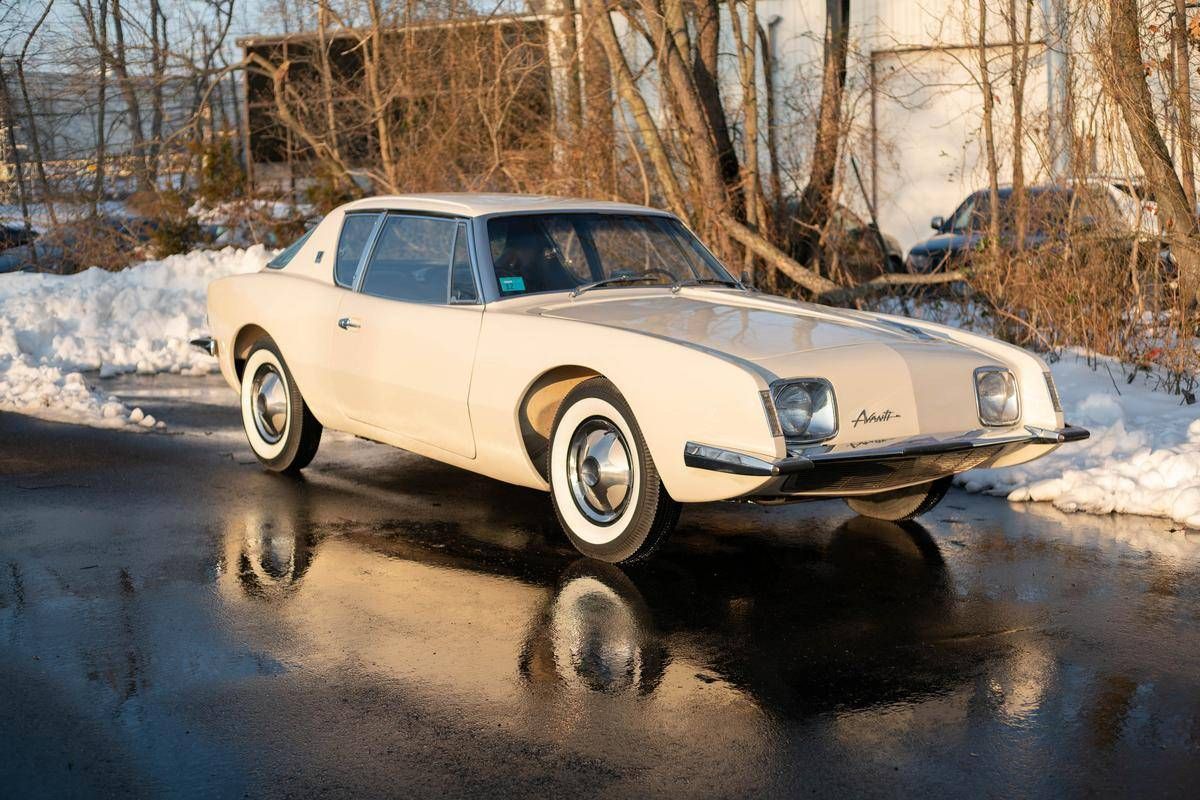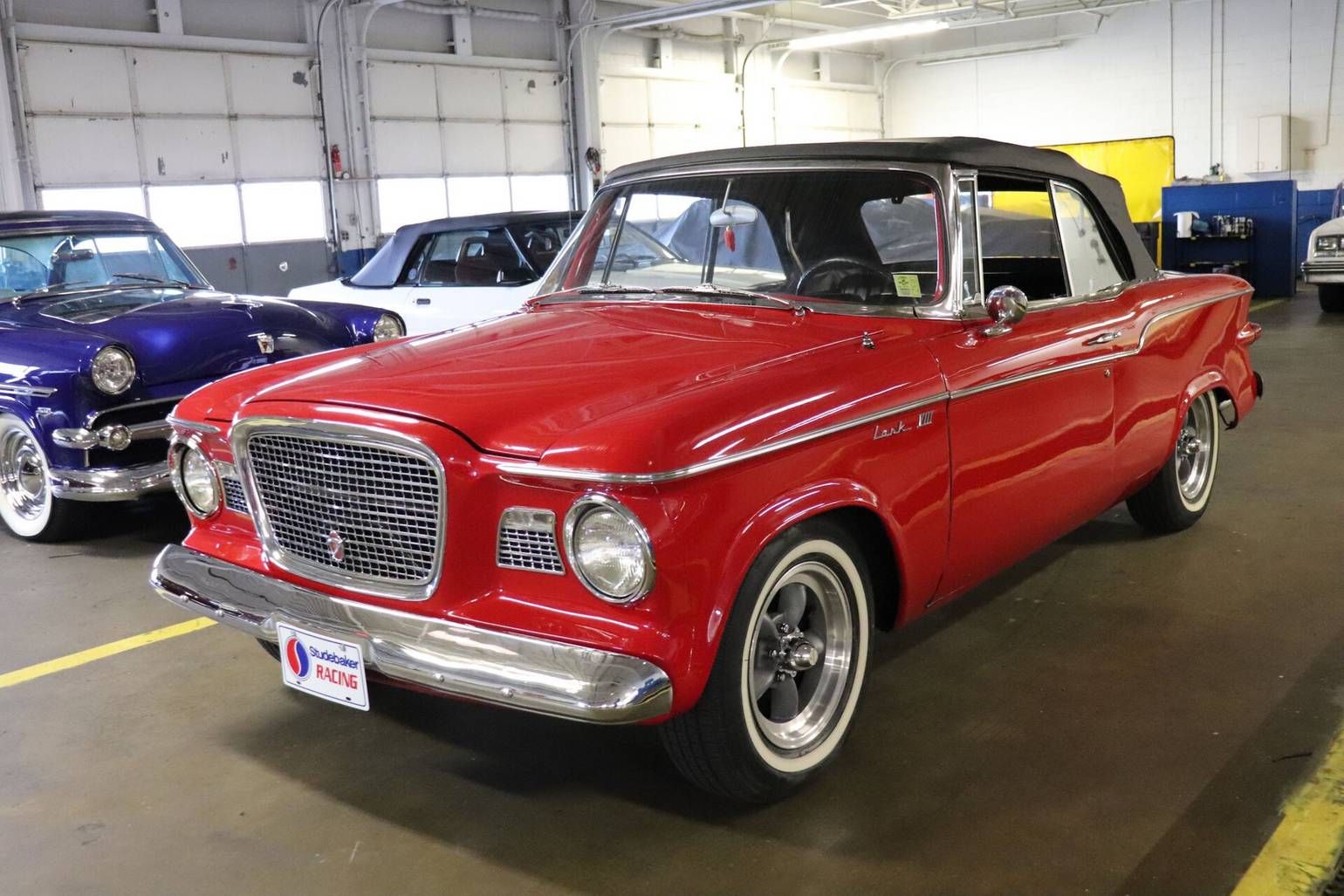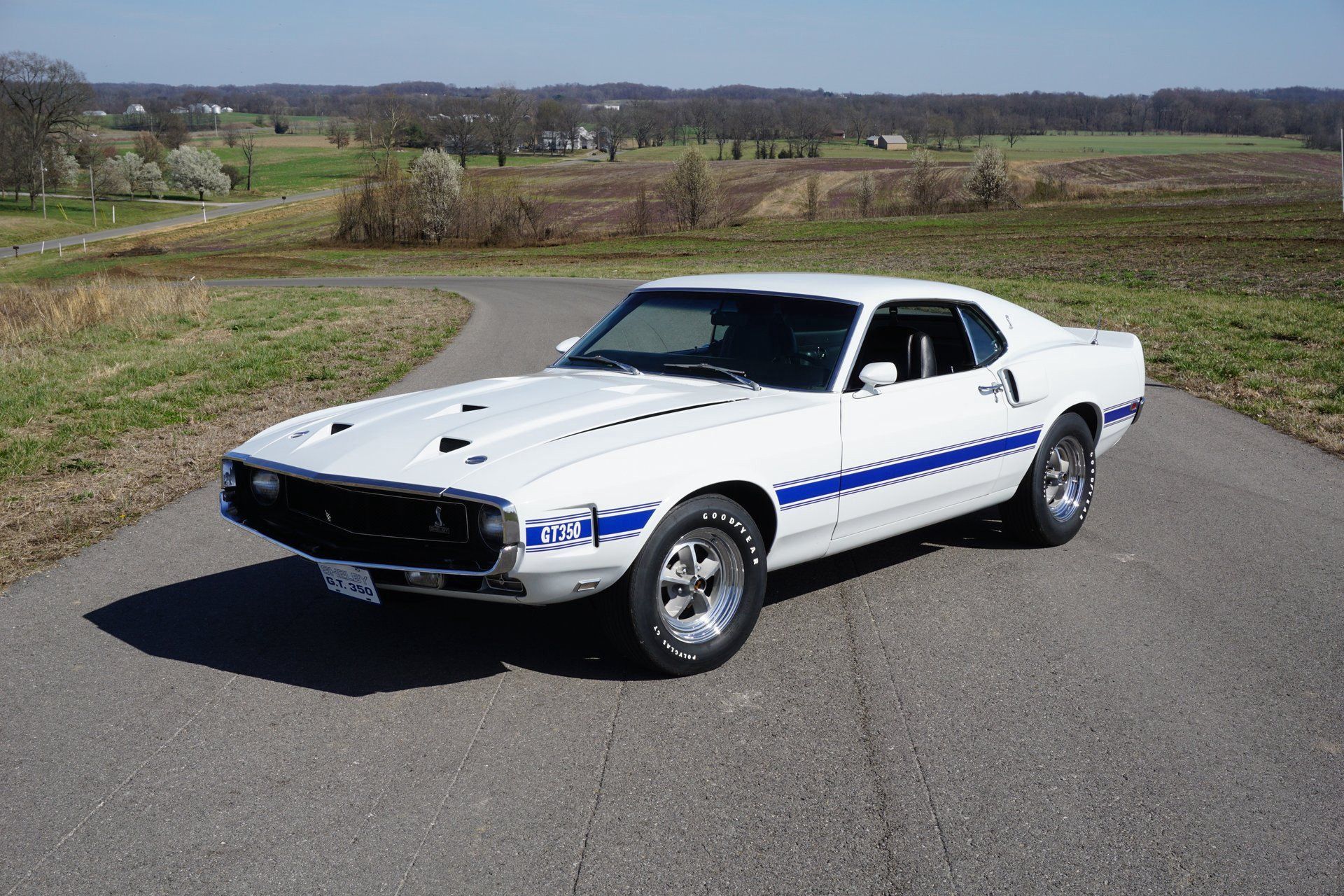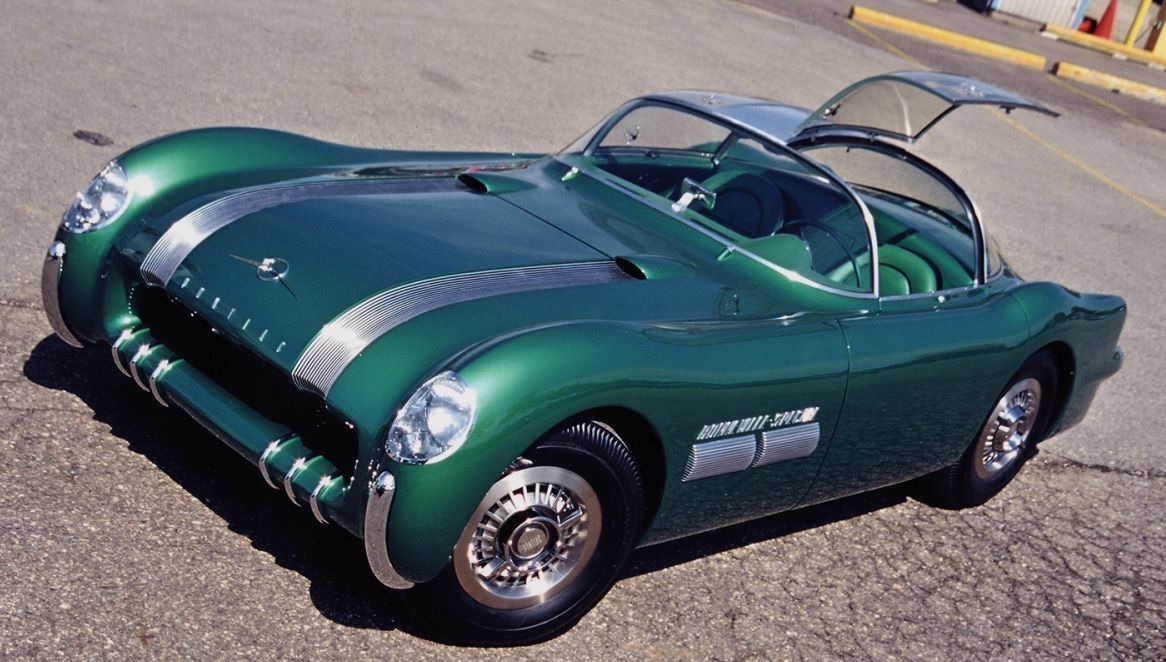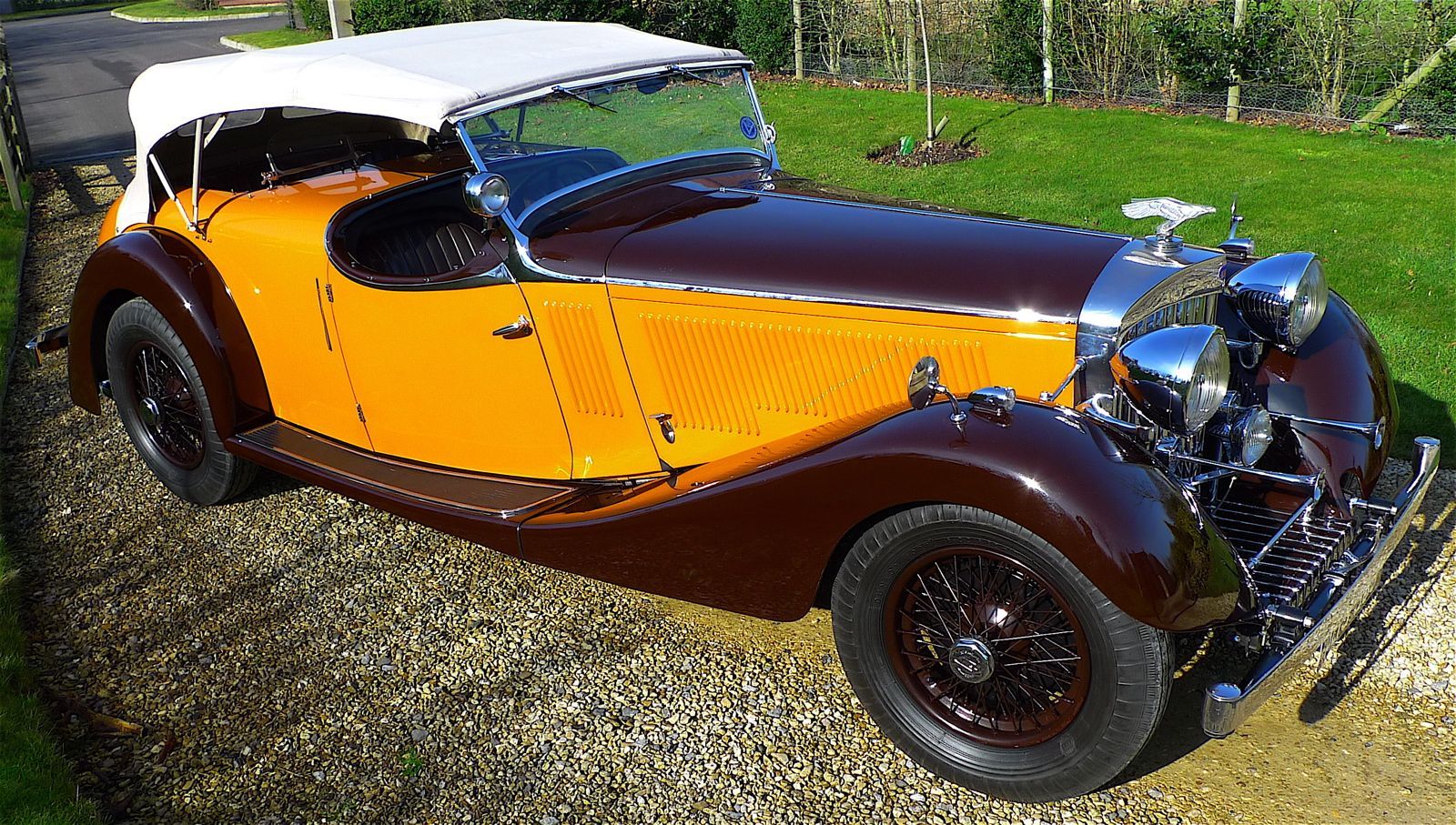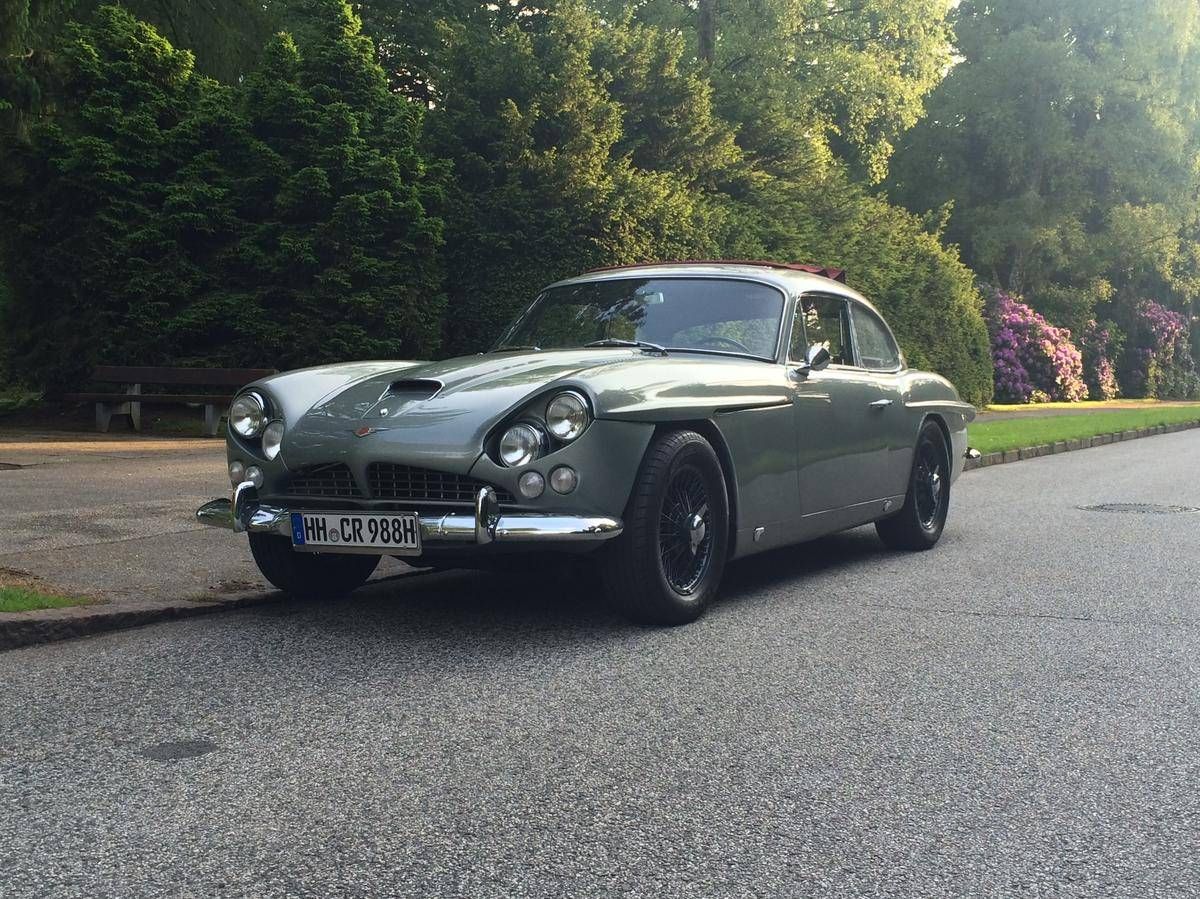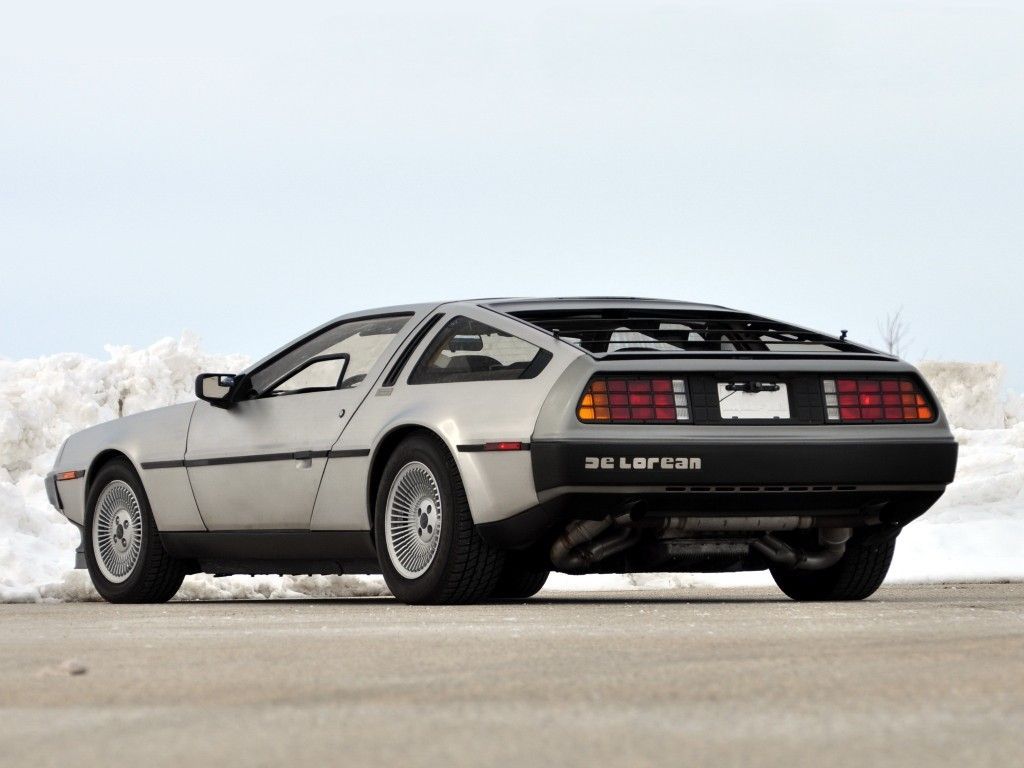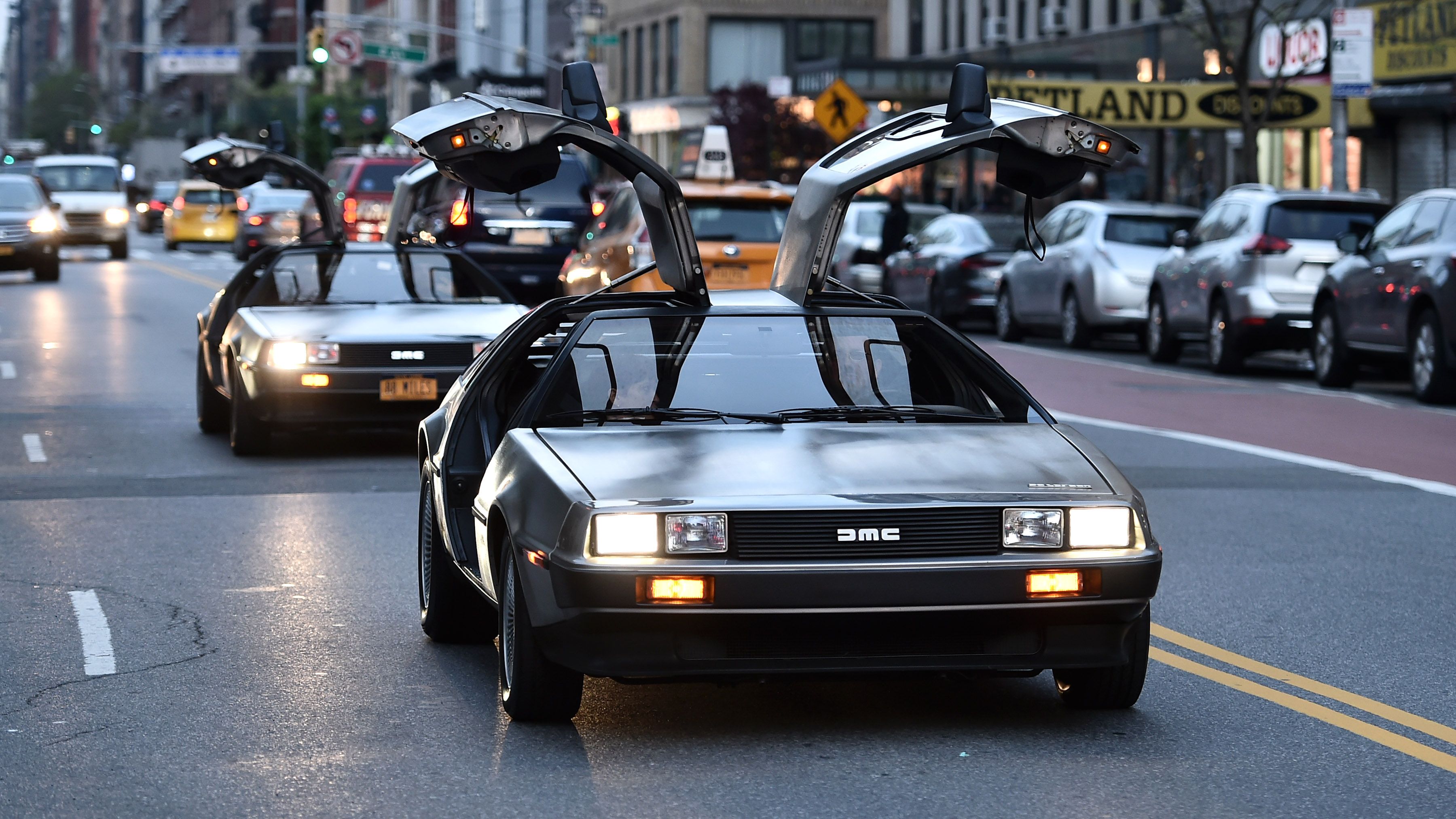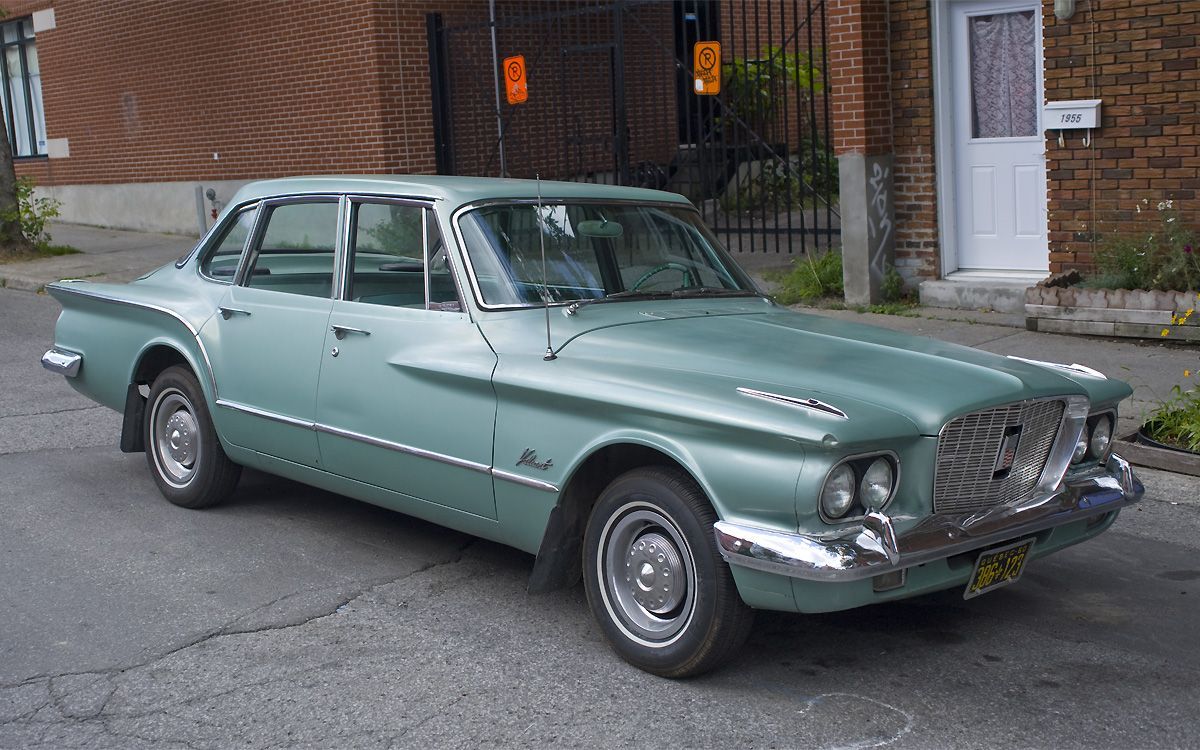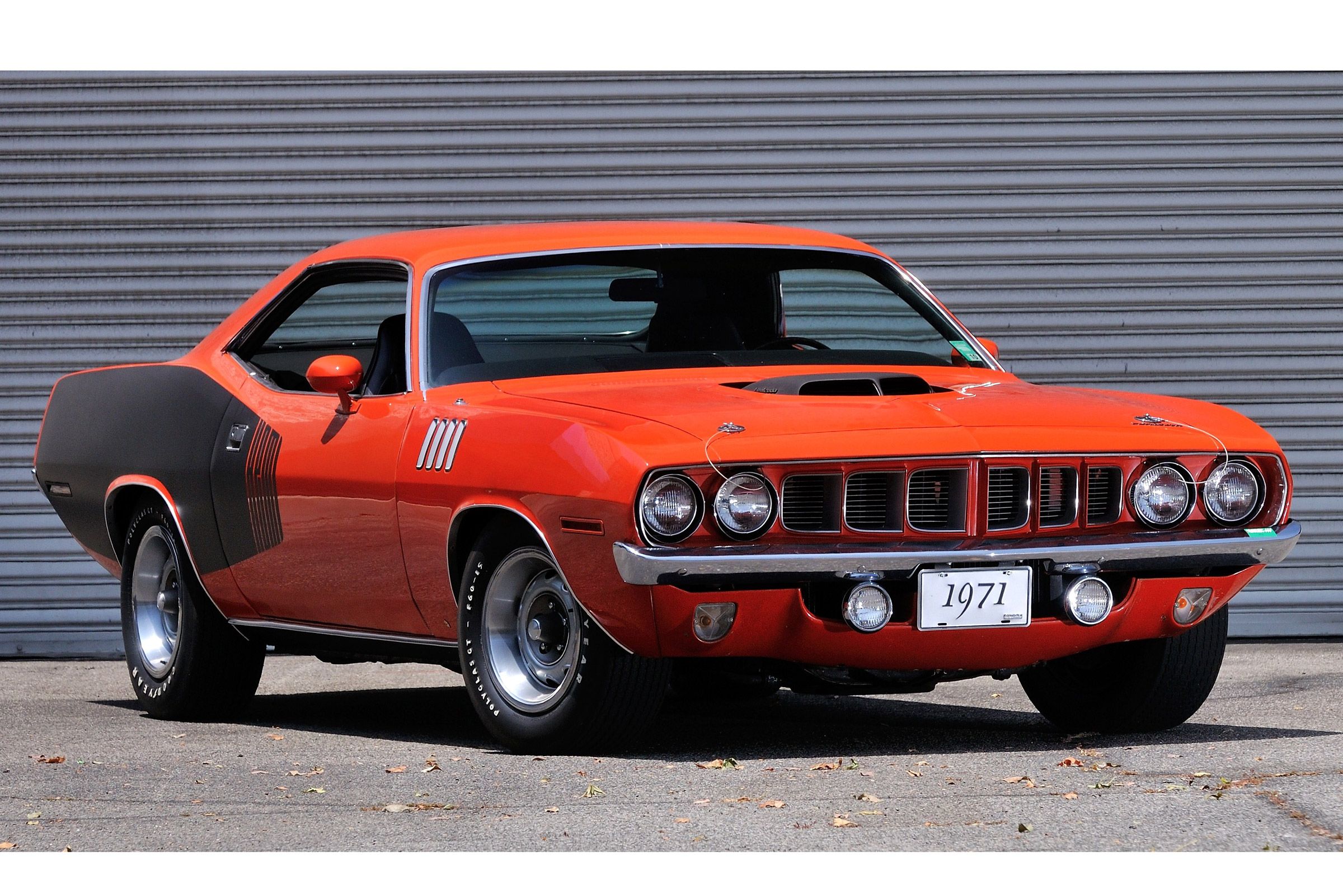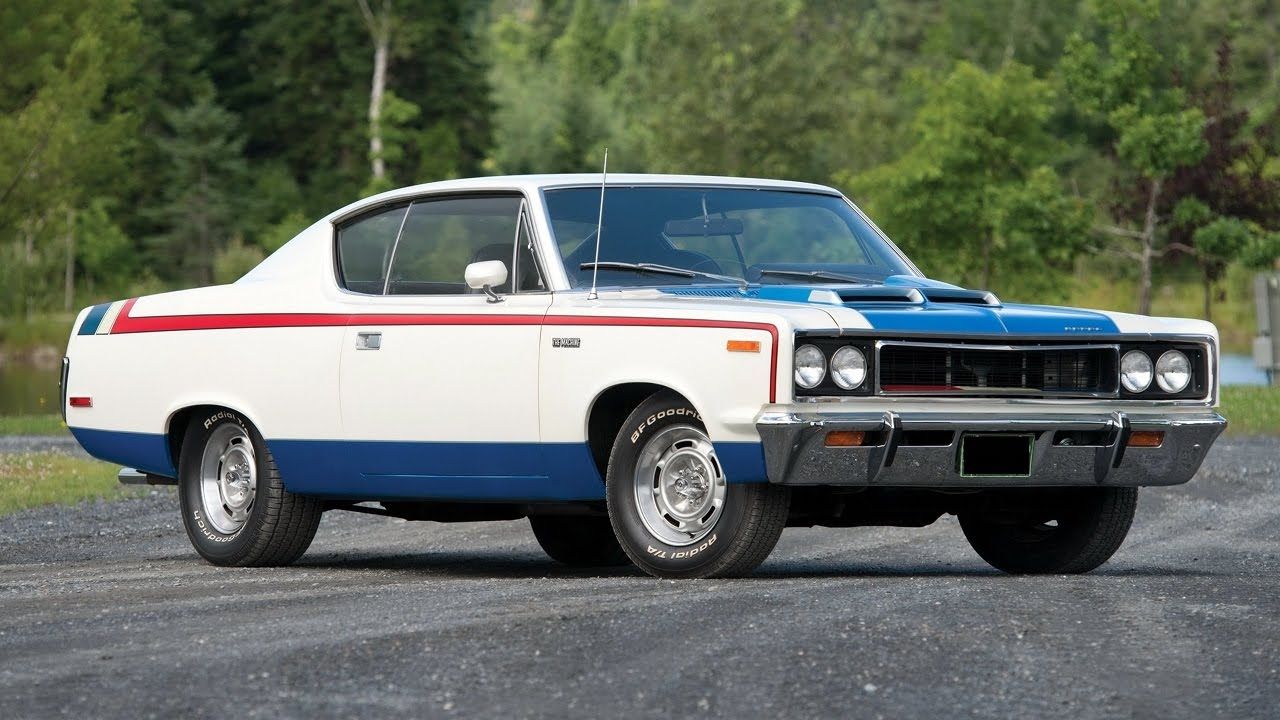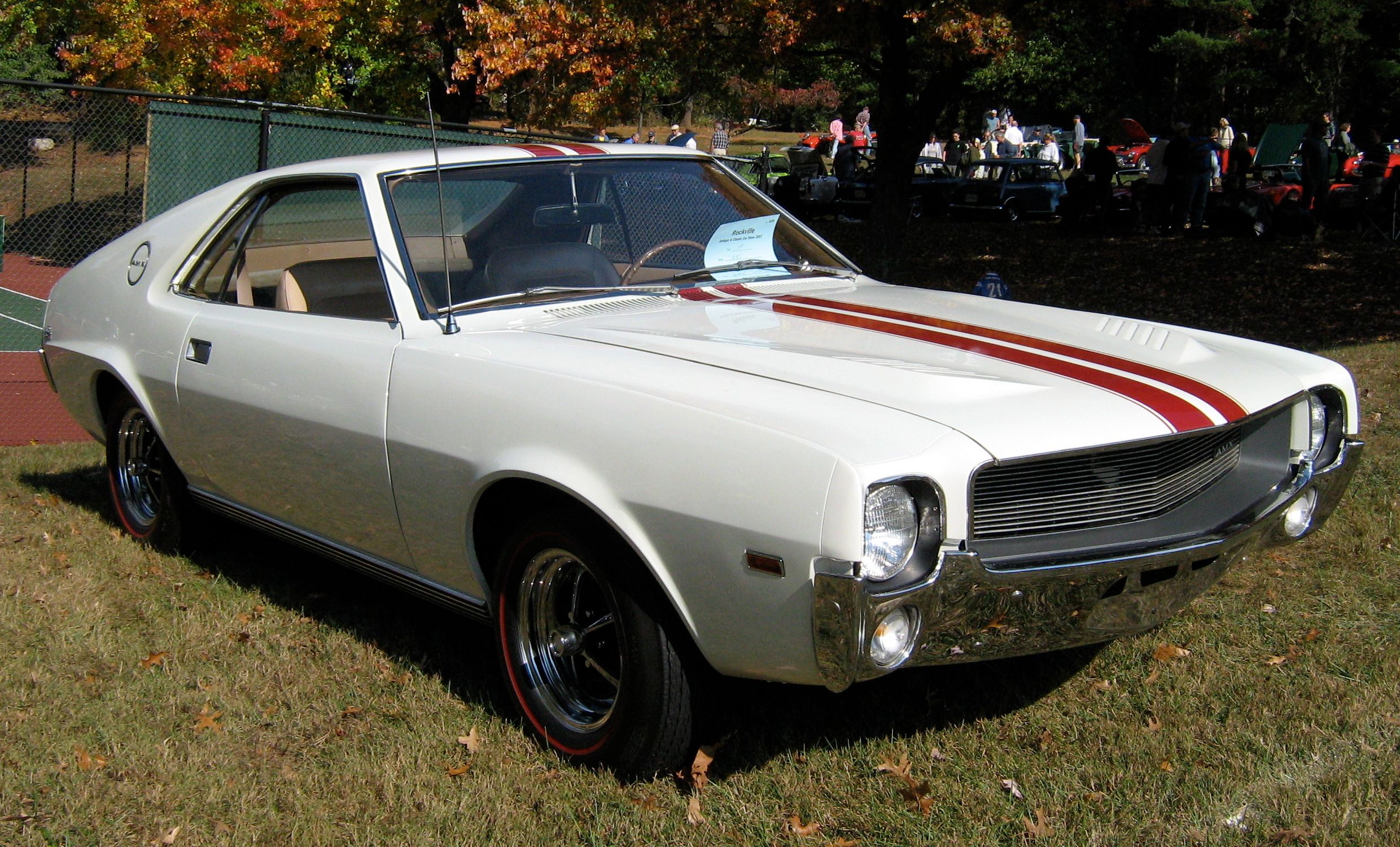Running an automobile company is an intensive venture, from vehicle design, testing, inspection, certification, mass-production, marketing, and recalls. All these procedures require a dedicated workforce, extensive capitalization, and of course, vast amounts of time. That said, the automotive industry holds a rich history of automakers that have come and closed up operations after a while. And not because they built poor-quality products; some of them made history with some of the most groundbreaking and innovative cars of all time.
Due to the complicated nature of the motor vehicle business, only a few lucky car brands have made their way back, while several others still languish in obsolescence. Some of these dead car brands are responsible for iconic and memorable models that endear to car enthusiasts to date. Here are a few dead brands that most car enthusiasts wish would make a comeback.
10 Iso: 1953-1974
Renzo Rivolta purchased the original Isothermos Company in 1939, a factory that produced chillers and electric heaters. However, the engineer moved the factory site to Bresso in 1942 during World War II. The company eventually devoted itself to motorbike production from 1950 and launched the famous Isetta in 1953 under the Iso Autoveicoli Spa brand.
By late 1957, the company had already ceased motorbike and microcar production and rebranded to Iso Revolta to focus solely on cars. The company built some iconic Italian cars such as the GT 300, Iso A3, Grifo, Fidia, and Lele before the 1973 oil crisis, and fierce competition landed the brand in financial jeopardy. Although the Rivolta family gave up ownership in 1974, they left behind great cars and a legacy.
9 Mosler Automotive: 1985-2013
Mosler Automotive was originally branded Consulier Industries when Warren Mosler founded the car manufacturer in 1985. Consulier Industries built the Consulier GTP sports car in the same year it was launched. Consulier Industries rebranded to Mosler Automotive in 1993 as it shifted to high-performance vehicles.
The GTP was upgraded to the Mosler Intruder with a 300bhp LT1 V8. Mosler built only four Intruder models; one was sold, one was converted to a GT1, and two got upgraded to 446bhp Raptors. Although the company failed due to poor sales, the automaker built the iconic Mosler MT900, TwinStar, GT300, GT600, and Land Shark.
8 Saab: 1945-2012
The first Saab production model was the Saab 92, built in 1949 under the parent company, Saab AB. After merging with Scania-Vabis in 1968, the company made the Saab 900 and Saab 9000 models ranked as the best-selling models in their time.
When Scania-Vabis restructured to become an independent company, Saab Automobile AB, the company transferred 50-per cent of its ownership to General Motors. The company then built the iconic Saab 9-3 and Saab 9-5 before G.M. took 100-per cent ownership and sold it to Spyker Cars N.V. in 2010. The company eventually filed for bankruptcy in 2012, leaving behind models we admire to date.
7 Triumph Motor Company: 1930-1981
The Triumph Motor Company's roots can be traced back to its bicycle and motorcycle production period between 1885 and 1927. During the shift to car production, the company strategized to produce expensive cars since larger car companies had already dominated mass-production.
Triumph built the Southern Cross, Gloria, and Dolomite models before financial problems saw Standard Motor Company buy out the company and the Triumph trade name. Standard-Triumph made the Triumph Roadster, Renown, Mayflower, TR2, and 2000 models before Leyland Motors took over in 1960. Leyland Motors manufactured the Rover Triumph TR7 and TR8 before eventually phasing out the Triumph brand name after the 1981 Acclaim model.
6 Studebaker: 1852-1966
Studebaker has humble American origins, starting as a coach-building firm specializing in buggies, wagons, harnesses, and carriages. Although the company began operations in 1852, it was officially incorporated as the Studebaker Brothers Manufacturing Company in 1868. By the early 1900s, Studebaker had rebranded to Studebaker Automobile Company, venturing into the automobile production with electric cars in 1902 and gasoline vehicles in 1904.
During its history that dates over 110 years, the Studebaker Company has attained revolutionary achievements such as the first advancement of the 1913 monobloc engine, molybdenum steel incorporation, the flatback trunk design, and wrap-around windows. Before ceasing operations through diversification, the company had endured post-war marketing, multiple mergers, the great depression, and receivership.
5 Pontiac: 1926-2010
General Motors owned, manufactured, and commercialized the Pontiac automobile brand alongside the more expensive Oakland automobile line. The Pontiac has a rich history that played a significant role in the vehicle hierarchy that molded General Motors to become the mammoth cooperation we recognize today. Pontiac pioneered the famous Chief, Torpedo, Catalina, Firebird, GTO, Bonneville, and Grand Prix, among other exciting models throughout its era.
The Pontiac brand lasted through several G.M. revamping projects before almost falling to initial product elimination plans announced in late 2008. However, the increasing threat of bankruptcy forced G.M. to eliminate Pontiac by dropping all manufacturing plans in 2009 and phasing out all models by 2010.
4 Jensen Motors: 1922-2011
Jensen Motors was founded by a pair of brothers, Richard and Alan Jensen, after successfully acquiring a commercial and sports car body firm. The brothers rebranded the body-making firm from W J Smith & Sons Limited to Jensen Motors Limited after taking over in 1934.
Although the company stopped operations during the war years, they still made iconic models such as the Interceptor and Jensen FF, plus collaborations such as Austin A40, Austin-Healey 100, and Volvo P1800. The Jensen Company was later sold to Norcros Limited in 1959, leading up to the brothers' retirement. Long after the Jensen brothers had died, the company went into receivership and faced numerous financial hurdles until 2011.
3 DeLorean Motor Company: 1975-1982
Among the most memorable automobiles ever manufactured, DeLorean Motor Company's iconic sports car ranks highly. The company's founder, John DeLorean, was an ambitious entrepreneur who sought lucrative incentives from financial organizations, governments, and wealthy individuals to fund manufacturing facilities.
However, budget mismanagement and engineering mishaps initially delayed unit production of the DeLorean. The first assembly-line car results in 1981 were hugely underwhelming despite the initial hype surrounding the car's launch. The company unsuccessfully sought to recover from unfavorable exchange rates, lack of demand, and cost overruns in late 1980. The aftermath of the 1980 recession forced DeLorean Motor Company to file for bankruptcy in 1982
2 Plymouth: 1928-2001
The Plymouth automobile started in 1928 as part of the larger Chrysler Company's first entry into the low-budget bracket, a market in which Ford and Chevrolet were strongly dominant. This marketing decision was crucial for the survival of Chrysler during the great 1930s-1940s depression.
The Plymouth line boasts iconic models such as Road Runner, Barracuda, Voyager, Reliant, and Laser that made a mark among avid enthusiasts. The take-over of the Chrysler cooperation by DaimlerChrysler AG in 1988 led to the demise of Plymouth. The 1990s were marred with narrow product offerings and low buyer appeal, resulting in declining sales until the last Plymouth model, the 2001 Neon.
1 AMC: 1954-1988
AMC was formed in 1954 following the merger of Nash Kelvinator Corporation and Hudson Motor Car Company. Considered the largest corporate merger in U.S. history, the AMC had grown powerful enough to compete against GM, Ford, and Chrysler. The company prides itself on producing the famous Jeep, Hornet, Gremlin, Pacer, Rebel, Matador, AMX, Marlin, and Eagle models.
Despite manufacturing an impressive lineup of automobiles, Renault eventually purchased most of American Motor's share interests in 1979 after the company endured periods of uncertainty and slow progress. Chrysler, later on, acquired Renault's shares in AMC, then merged the AMC brand and renamed it to Jeep Eagle Corporation in 1988.

